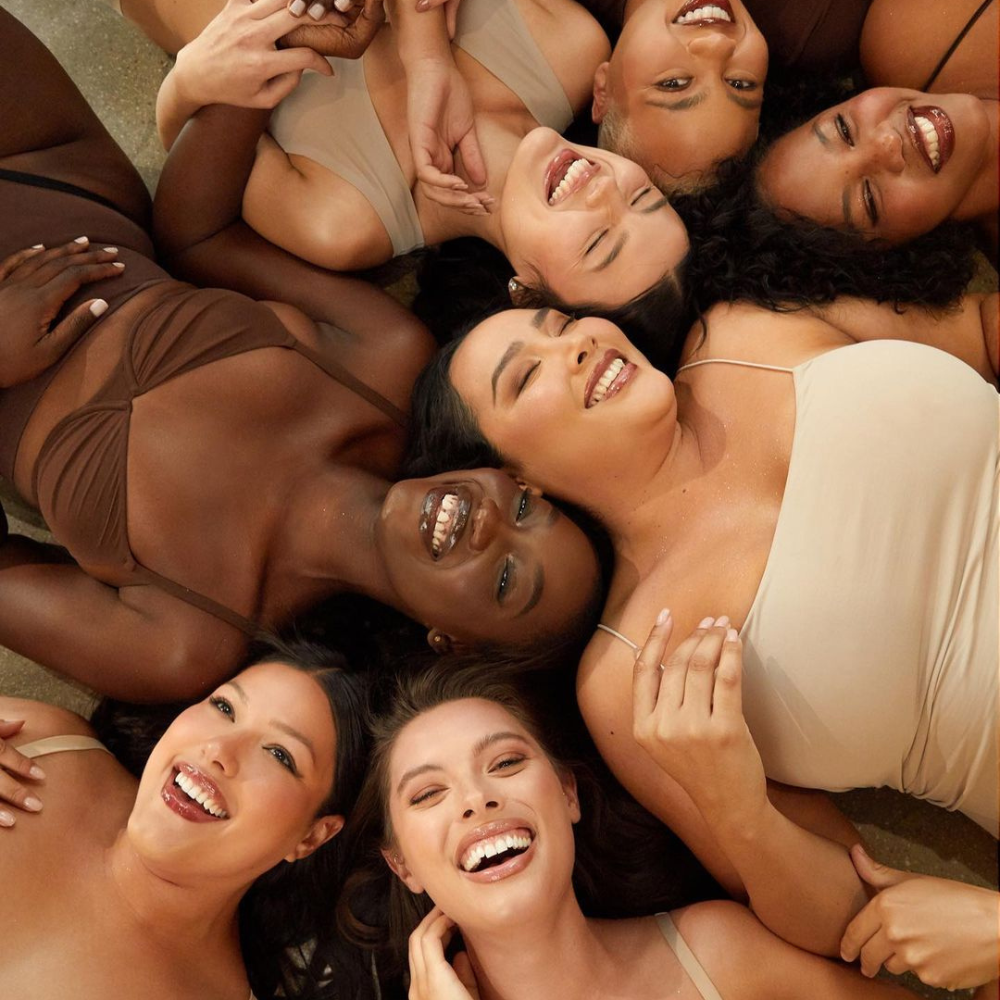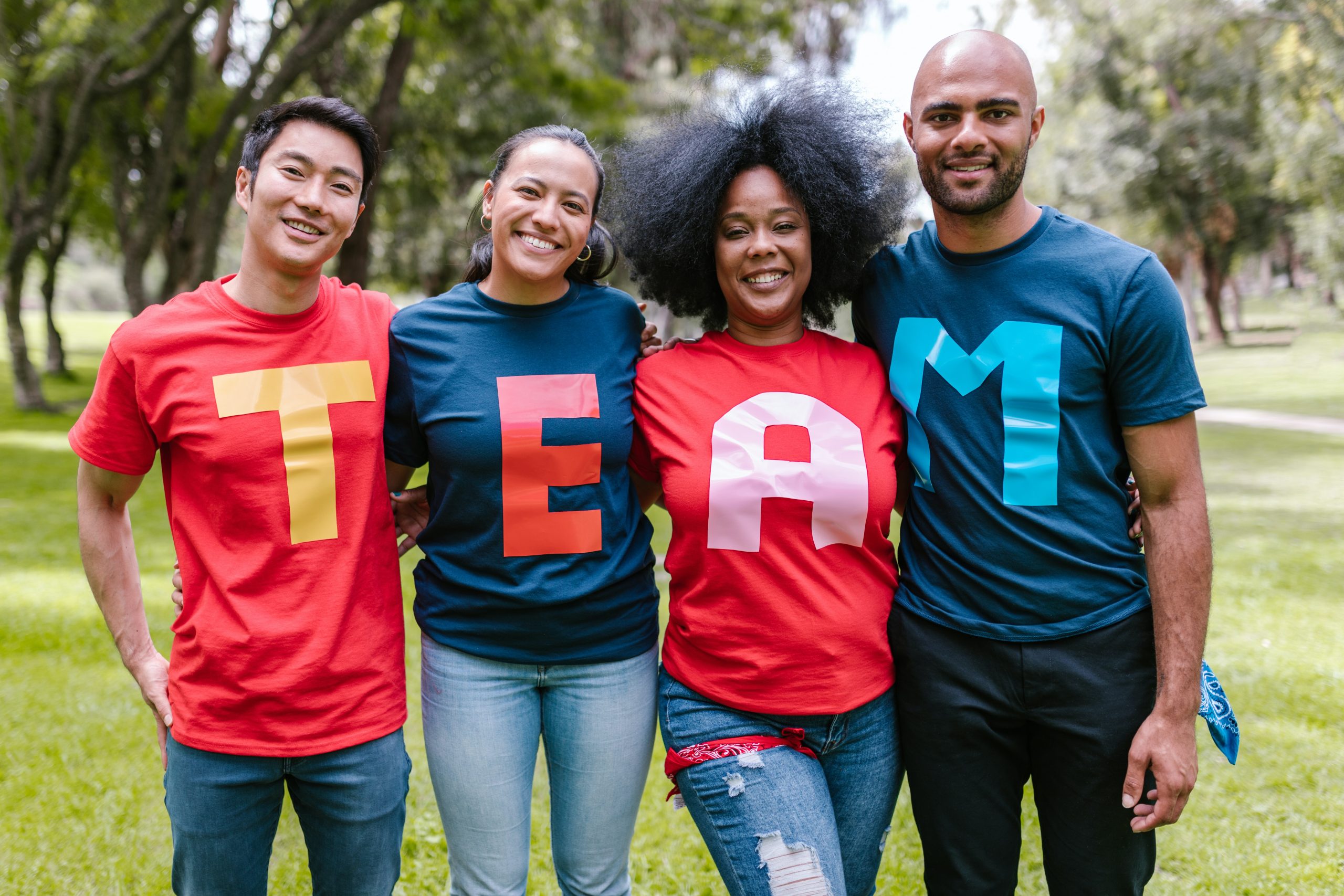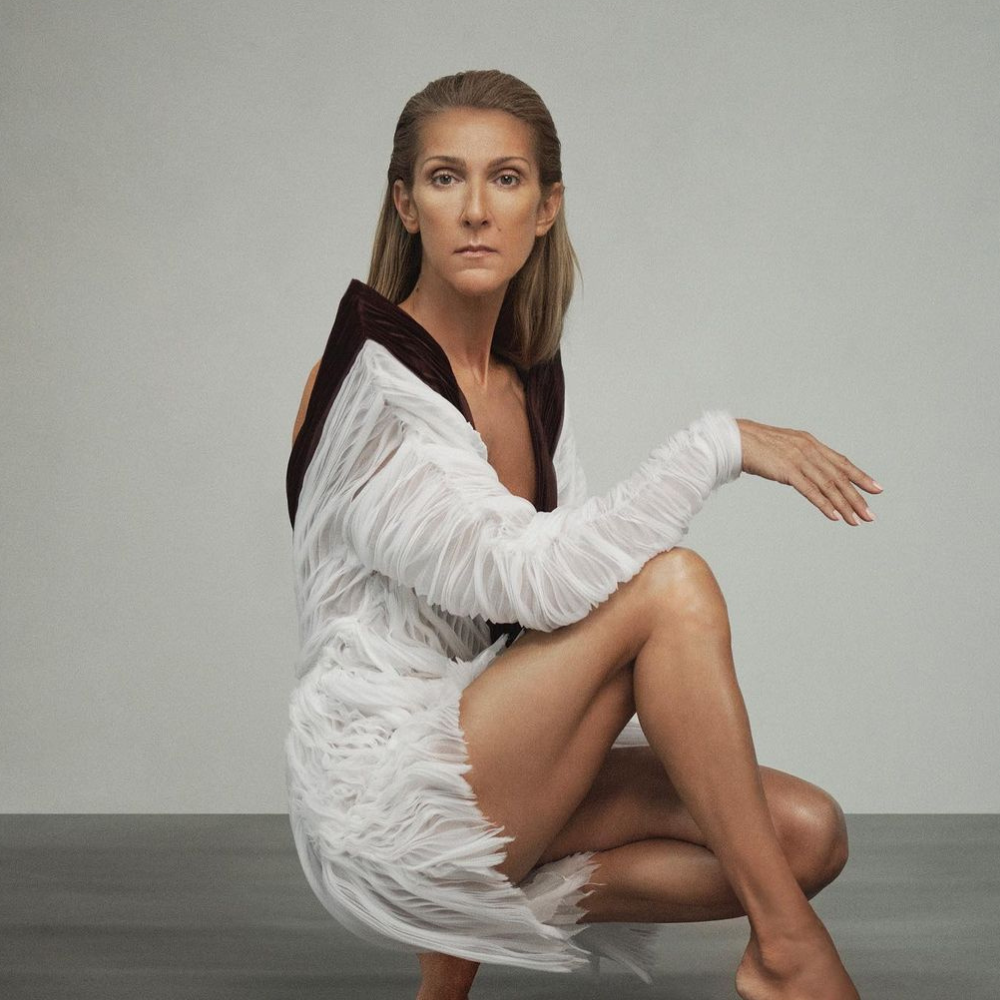Here’s The New Face Of Diversity And Inclusivity

A creative writer with a voracious appetite for fashion, beauty,…
D
iversity describes a wide range of individual distinctions, including those related to backgrounds, life experiences, and personality traits. Creating an environment where everyone, despite their differences, feels valued, respected, and accepted is a key component of inclusion. It’s about creating an environment where people can share their unique thoughts and skills without worrying about being excluded or subjected to discrimination.
Diversity and inclusion are not just ideals, they are daily acts that we take. It is showing everyone respect, paying attention to their tales, and appreciating what they have to say. As we fight to create a varied and inclusive world, we get closer to a place where everyone feels as though they truly belong and where differences are not barriers but rather sources of strength. We improve our lives and contribute to a more peaceful and understanding international community by embracing variety and putting inclusion into practice.
The impact of diversity and inclusion in the workforce
A diversified workforce has several advantages. Different points of view encourage innovative problem-solving and superior judgment. People with different backgrounds can provide novel ideas and strategies that promote innovation and development. In addition, employees who feel included are more likely to express themselves freely which improves teamwork, productivity, and job satisfaction.
What’s the new face of diversity and inclusion?

Diversity and inclusivity, which are important principles aimed at creating fair and equitable environments, have at times been misused or exploited for political gain. Here are a few ways this can happen:
- Tokenism: A small number of people from various backgrounds may occasionally be highlighted by groups or organizations in an attempt to look inclusive, but this is merely surface-level. Tokenism is the term for this. It occurs when a select few are added just to provide the image of variety, without showing true interest in their opinions or participation.
- Image management: Without genuinely addressing underlying biases or systemic concerns, people or organizations may use the language and vocabulary connected with diversity and inclusion to look politically correct or inclusive. This is referred to as image management. It involves employing inclusive language without making significant adjustments to procedures or rules.
- Empty promises: Politicians or leaders might make promises about diversity and inclusivity during campaigns or public speeches, but not follow through with meaningful actions once in power. This can create skepticism among the public and undermine trust in political processes.
- Selective emphasis: Sometimes, political actors may highlight certain aspects of diversity or inclusivity while ignoring others to advance specific agendas. For example, they might focus on specific issues that resonate with their base while neglecting broader discussions about systemic inequalities.
- Polarization: In some cases, discussions about diversity and inclusivity can become polarized in political debates. This can lead to misrepresentations of these concepts with individuals using them to advance their viewpoints rather than fostering genuine understanding.
- Diversion tactics: Discussions about diversity and inclusion may be used by some people or groups as a method to draw attention away from more urgent problems. This could weaken the fundamental ideas and prevent any significant advancement.
The importance of diversity and inclusivity as a whole is not diminished by these abuses. Instead, they emphasize the necessity of being watchful and exercising good judgment when assessing the authenticity of actions taken and pledges made in the name of these ideals. Consistent activities that go beyond showy gestures and promote genuine change are necessary for true advancement.
Balancing authenticity and perception

Genuine diversity and inclusion go beyond surface-level adjustments. It involves creating an atmosphere where people can contribute fully and where each person’s efforts are valued. Organizations should make an effort to accommodate varied viewpoints and guarantee equal growth chances. While it’s critical to address systemic biases, the goal should not only be to appear politically correct but rather to establish a truly inclusive workplace that benefits everyone.
In conclusion, diversity and inclusion are powerful concepts that, when practiced authentically, can lead to stronger organizations and a more harmonious society. The challenge lies in distinguishing between genuine efforts and those driven by the desire to appear politically correct. By valuing each individual’s uniqueness and promoting equal treatment, organizations can create a positive environment that benefits both employees and the organization as a whole.
Featured image: @emilynnrose/Instagram
For the latest in fashion, lifestyle, and culture, follow us on Instagram @StyleRave_
This is a Style Rave original content exclusively created for our readers. If reproduced, distributed, transmitted, cached, or otherwise used by any other publishing house or blogs, such use should provide a direct link to this source article. Use of and/or registration on any portion of this site constitutes acceptance of our Terms & Conditions and Privacy Policy.
—Read also
A creative writer with a voracious appetite for fashion, beauty, lifestyle and culture. As one who's passionate about the advancement of the woman, creating content that inspire smart style and living, and positive lifestyle changes is a calling I take seriously. At Style Rave, we aim to inspire our readers by providing engaging content to not just entertain but to inform and empower you as you ASPIRE to become more stylish, live smarter and be healthier. Follow us on Instagram @StyleRave_ ♥




